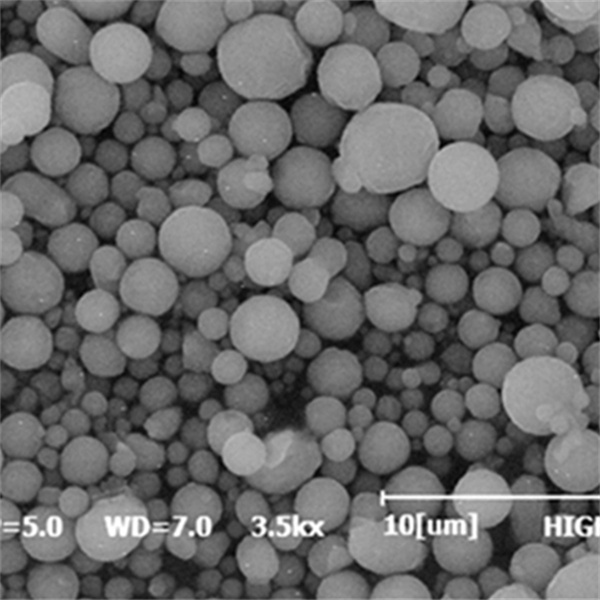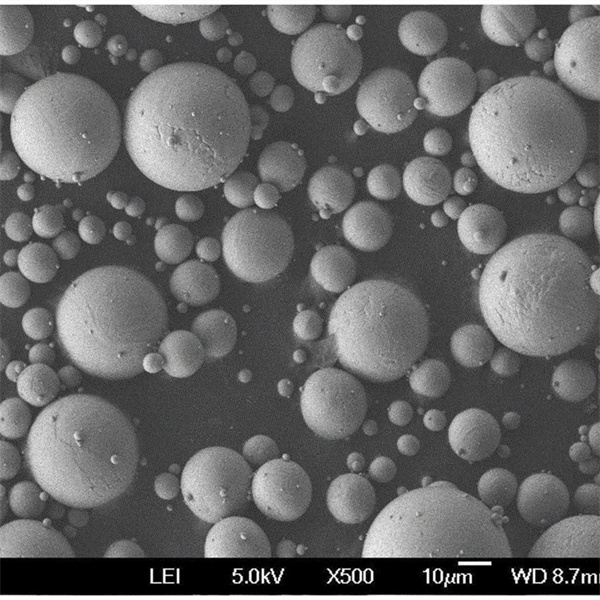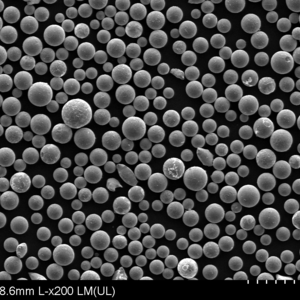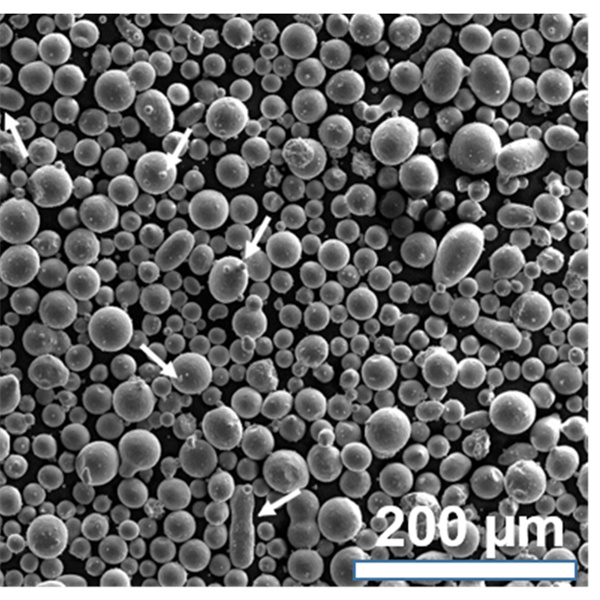Aluminum alloy series
The aluminum alloy family is a family of materials with a variety of unique properties and areas of application. Their characteristics mainly depend on the alloying elements contained in them and their proportions. These ranges offer a wide range of opportunities to meet the needs of different industries. Let’s explore the features and typical applications of each series to better understand how to choose the best aluminum alloy material for your project.
Low MOQ
Provide low minimum order quantity to meet different needs.
OEM & ODM
Provide customized products and design services to meet unique customer needs.
Adequate Stock
Ensure fast order processing and provide reliable and efficient service.
Customer Satisfaction
Provide high quality products with customer satisfaction at the core.
share this product
Table of Contents
| Product | Specification | Apparent Density | Flow Ability | Oxygen Content | Tensile Strength | Yield Strength | Elongation |
| AISi10Mg |
15-53µm
45-105µm 75-150µm |
≥1.35g/cm³ | ≤80s/50g | ≤300ppm | 300±20Mpa | 200±20Mpa | 20±2% |
| AMgScZr | ≥1.30g/cm³ | ≤80s/50g | ≤300ppm | 545±20Mpa | 500±20Mpa | 10±2% | |
| AK400 (can be anodized) | ≥1.30g/cm³ | ≤80s/50g | ≤300ppm | 430±20Mpa | 300±20Mpa | 10±2% | |
| Pure aluminum powder (purity 99.8%) | ≥1.20g/cm³ | ≤100s/50g | ≤1000ppm | \ | \ | \ |
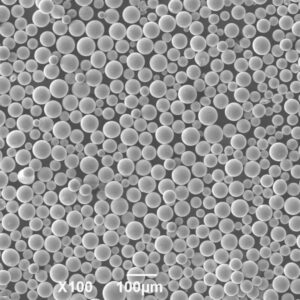
Process: Vacuum air atomization method
Advantages: low satellite powder/hollow powder ratio, good fluidity, high sphericity, and high bulk density. Printed finished parts have high corrosion resistance, low density and mechanical strength
High degree of heat treatment, requiring less heat treatment than castings
Application: 3D printing lightweight, brackets and other structural parts, heat dissipation components, etc. in aerospace, automobile manufacturing and other industries
Packaging: aluminum foil bags/plastic bottles/iron drums and other ordinary packaging or vacuum packaging, etc.
About Met3DP
Product Category
HOT SALE
CONTACT US
Any questions? Send us message now! We’ll serve your request with a whole team after receiving your message.

